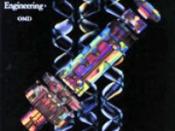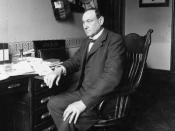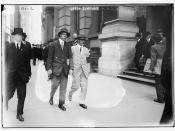Has the food industry really gone through many changes in the last century? Every day each of us enjoy the foods we love, but are these foods healthy for us? E-coli and Have you ever taken the time to actually read the ingredients list on the foods you buy and consume? Technological changes in the way food is grown and processed can be more harmful to public health than most of us are aware of. Are these changes for the good of the consumer or for profits of the manufacture? As technology advances, so do threats to our food supplies. Genetic Engineering, Factory Farming, Toxic Sludge-Spreading and the continued lack of cleanliness in the way our food is processed and manufactured are real threats to our food supplies today.
In 1902, the Secretary of Agriculture, working from an act of Congress, approved the experimentation on humans by Harvey Wiley.,
the head of the United States Bureau of Chemistry. Wiley's tests, tested the effects of food preservatives, coloring agents and other substances added to foods, to determine their relationships to health, digestions and to create guidelines as to there use. Given the many other potentially harmful preservatives, the "poison squad" experiments, tested the use of borax salicylic acid and salicylates, sulfurous acids, sulfites, benzoic acids, benzoates and formaldehyde in food to the young volunteers. The results of Wiley's test helped in the passage of the Pure Food Reform act.
In 1906 Upton Sinclair published the book The Jungle, which told the story of an immigrant family and the horrifying tales of the meatpacking business including vermin-infested slaughterhouses, tubercular tainted meats, filthy conditions and careless inspectors in Chicago, IL. Sinclair's story caught not only the public's attention, but also aroused President Theodore Roosevelt in such a way that he appointed a...


